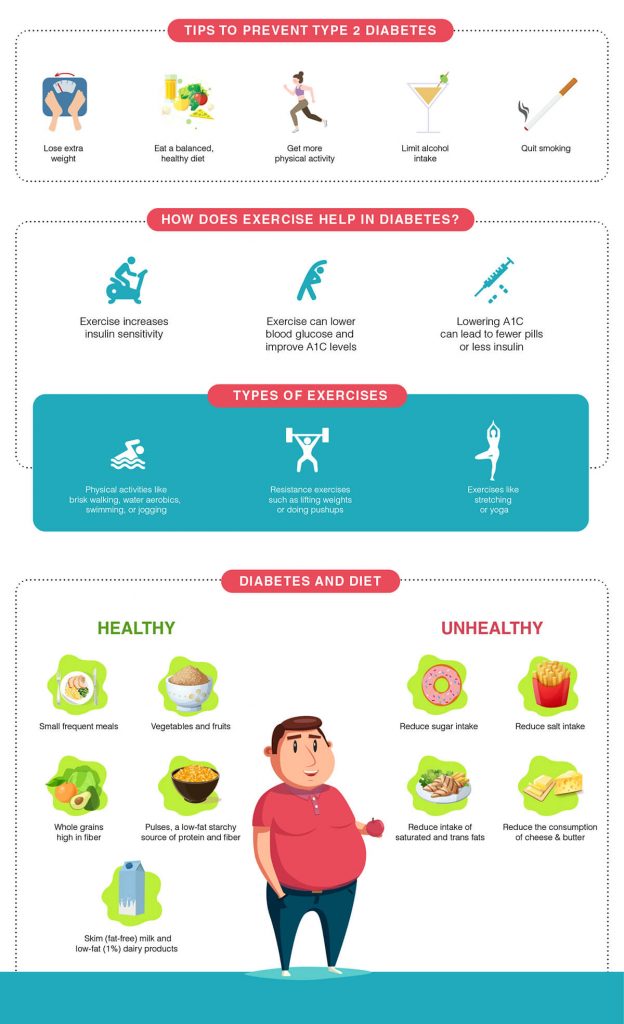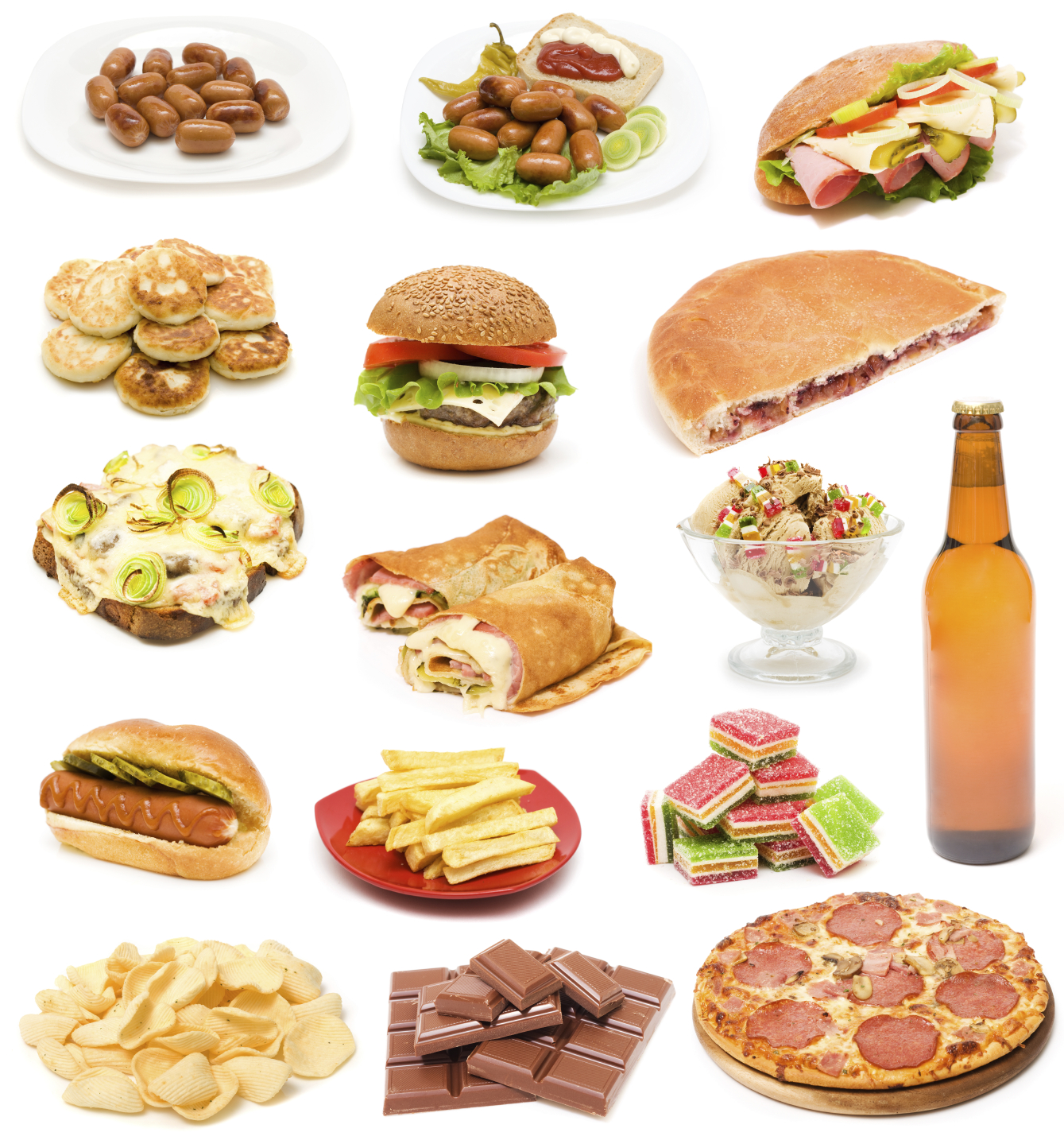42 what are trans fats called on labels
Trans Fats: The Science and the Risks - WebMD Trans fatty acids or trans fats are formed when manufacturers turn liquid oils into solid fats. Think shortening and hard margarine. Manufacturers create trans fats via a process called... Good Question: Labeling for Trans Fats and Partially ... - Kitchn This is very often listed as "partially hydrogenated oil," as Meredith mentions. At the same time, if that amount of trans fat is less than 0.5 grams, manufacturers are actually allowed to say that their product contains zero trans fats in the nutrition information. Manufacturers can also market their product as being trans fat-free.
Understanding Nutrition Facts on Food Labels - WebMD Saturated fat comes primarily from foods of animal origin such as dairy products, meat, butter, cheeses, poultry, and luncheon meats. It is also found in tropical oils such as coconut oil and palm...

What are trans fats called on labels
trans fats - NC State University Food and Drug Administrion News Release, July 9, 2003 " Under the new FDA regulations, by Jan. 1, 2006, consumers will be able to find trans fat listed on food nutrition labels directly under the line for saturated fat. The new information is the first significant change on the Nutrition Facts panel since it was established in 1993." Trans Fat on Food Labels: Now You See It, Now You Don't The latest US Food and Drug Administration (FDA) rules allow manufacturers to list "0 trans fats" on the labels of foods that have less than 0.5 grams (g) of trans fats per serving. Because official serving sizes are often unrealistically small, it would be easy to consume several servings a day of products that have less than 0.5 g of trans ... 7 Foods That Still Contain Trans Fats - Healthline Trans fats are a form of unsaturated fat, which can be classified as either natural or artificial. Natural trans fats are formed by bacteria in the stomachs of cattle, sheep, and goats. Beef, lamb,...
What are trans fats called on labels. Nutrition: Trans fat - World Health Organization Trans fat, or trans-fatty acids, are unsaturated fatty acids that come from either natural or industrial sources. Naturally-occurring trans fat come from ruminants (cows and sheep). ... While including trans fat levels on labels is important, health claims such as "trans fat free" should not be allowed unless other specific food criteria ... Trans fat - Wikipedia Saturated fatty acids are never called trans fats because they have no double bonds. Thus, all their bonds are freely rotatable. Other types of fatty acids, such as crepenynic acid, which contains a triple bond, are rare and of no nutritional significance. [citation needed] What Are Trans Fats? Food Sources, Decoding Labels - WebMD If the Nutrition Facts label says the product has "0 g trans fat," that doesn't necessarily mean it has no trans fats. It could have up to half a gram of trans ... Small Entity Compliance Guide: Trans Fatty Acids in Nutrition Labeling ... Trans fatty acids should be listed as " Trans fat" or " Trans " on a separate line under the listing of saturated fat in the nutrition label. Trans fat content must be expressed as grams per...
Trans fat in food - Language selection | Food Safety Trans fat or trans fats are also called trans fatty acids. Trans fats are a particular type of unsaturated fatty acids. Unhealthy Trans Fats Not Labeled on Foods - WebMD Saturated fats are the only fats given special treatment on a product's label. Yet trans fats are just as bad. They may even be worse. ... The other is a particle called lipoprotein(a), which ... FDA Trans Fat Labeling: What You Need to Know - LabelCalc 10 Jan 2019 — According to the FDA, trans fats should appear as “Trans fat” or “Trans” on the nutrition facts panel on a separate line located directly ... Trans Fats, Health and Nutritional Labeling of Foods Since 2006, food manufacturers have been required to include trans fat content information on the Nutrition Facts label on the packages. Currently, food manufacturers are allowed to make "trans free" or "no trans" claims if the amount of trans fat in the product is less than 0.5 g trans fat per serving.
F.D.A. Calls for Listing 'Stealth Fat' on Labels - The New York Times The regulation covering the fats, called trans fatty acids, or just trans fats, would be the first significant change in nutrition-facts labels since the agency began requiring them in 1993. Fat Content on Food Labels - Reading Between the Lines The Mayo Foundation continued, "Still, you may be able to tell if a product contains trans fat, even if it's not directly listed on the food label. Look for the words ' hydrogenated ' or 'partially hydrogenated' in the list of ingredients. These terms indicate that the product contains trans fat. Trans Fat | FDA - U.S. Food and Drug Administration Most of the trans fat in the foods we eat is formed through a manufacturing process that adds hydrogen to vegetable oil, which converts the liquid into a solid fat at room temperature. This process... What are "trans-fats?" - USDA Trans fat is a specific type of fat that is formed when liquid oils are turned into solid fats, such as shortening or stick margarine. During this process called 'hydrogenation', hydrogen is added to vegetable oil to increase the shelf life and flavor stability of foods.
Understanding the FDA's Trans Fat Label Requirements Naturally occurring trans fat is made in the gut of some animals, resulting in a small amount of trans fat in dairy and meat products. Artificial trans fats are a type of fat that is made in a laboratory through a processes called partial hydrogenation. Hydrogen is added to oils to make them more solid. Why are trans fats in food?
FDA Sets New Trans Fat Guidelines on Food Labels | Prevention That's because newly implemented U.S. Food and Drug Administration rules on food labeling allow foods with less than 0.5 grams of trans fats per serving to claim "zero" grams of trans fats on their...
AP's story on trans fats ban: Strong on sourcing, but left out key detail about study findings ...
What Are Trans Fats and Why Are They So Bad? - The Beachbody Blog The bad news is that the labels aren't foolproof. Loopholes in government regulations mean that trans fat can still be in foods with a Nutrition Facts label that claims 0 g trans fat. That's because manufacturers are allowed to round amounts down, so a food that has 0.49 g trans fats per serving would say 0 g trans fats on the label.
Trans Fat on Food Labels: Now You See It, Now You Don't - MedicineNet That's because newly implemented U.S. Food and Drug Administration rules on labeling allow foods with less than 0.5 grams of trans fats per serving to claim "zero" grams of trans fats on their labels. Under these guidelines, which went into effect on Jan. 1, a food with 0.4 grams of trans fats can be listed as having zero trans fats.
Trans Fat Data to Be Added to Food Labels - The New York Times In 1994, the center called on the F.D.A. to add trans fats to the nutrition label. Five years later, the agency agreed, but postponed the change until it had considered the Institute of Medicine ...
Some food labels mislead consumers on trans fats According to the World Health Organization (WHO), consumption of industrially produced trans fat causes an estimated 500,000 deaths annually, from coronary heart disease. Trans fats are used to ...
Trans Fat Is Hiding In Your Food Despite '0 Trans Fat' Labeling: Stick To Real Food For Your ...
How do I know if food contains trans fat? - Sharecare A food label that indicates 0 trans fats means the product has less than .5 grams of trans fat per serving. Watch your portion size of foods that have partially ...
Trans fat is double trouble for heart health - Mayo Clinic Unlike other dietary fats, trans fats — also called trans-fatty acids — raise "bad" cholesterol and also lowers "good" cholesterol. A diet laden with trans fats increases the risk of heart disease, the leading killer of adults. The more trans fats eaten, the greater the risk of heart and blood vessel disease.
What Are Trans Fats, and Are They Bad for You? - Healthline Trans fats, or trans-fatty acids, are a form of unsaturated fat. They come in both natural and artificial forms. Natural, or ruminant, trans fats occur in the meat and dairy from ruminant animals,...
Food Labels: Fat & Cholesterol | Home & Garden Information Center As a result, total fat, saturated fat, trans fat and cholesterol are required under the Nutrition Facts panel of food labels. Information on the content of polyunsaturated and monounsaturated fat is optional. The Nutrition Facts label shows you how much fat is in a product, even if the fat is hidden as an ingredient.
How to Read a Nutrition Facts Label | Everyday Health For trans fats, nutrition labels are tricky. "The nutrition facts label can have 0 g listed next to trans fat, as long as the product has less than 0.5 g of trans fat per serving," says Goergen.
Here's What Nutrition Fact Labels Tell You and What the ... - Insider Trans fat was only added to the nutrition facts label in 2006. Sollid said it was the only new line added to the label since its original release in the early '90s, before the newest regulation changes in the past few years. "It's called out on the label due to its connection to heart disease," Sollid said.
Trans Fats: The Truth in Labeling | Atkins The only- repeat, only- way to tell whether a product contains trans fats is to read the list of ingredients. If you see the words "partially hydrogenated" there, the product contains trans fats. There are no exceptions. Any product that has partially hydrogenated oil as an ingredient contains trans fats, regardless of what the label hype says.
Trans Fats | American Heart Association Artificial trans fats (or trans fatty acids) are created in an industrial process that adds hydrogen to liquid vegetable oils to make them more solid. The primary dietary source for trans fats in processed food is "partially hydrogenated oils." Look for them on the ingredient list on food packages.
7 Foods That Still Contain Trans Fats - Healthline Trans fats are a form of unsaturated fat, which can be classified as either natural or artificial. Natural trans fats are formed by bacteria in the stomachs of cattle, sheep, and goats. Beef, lamb,...









Post a Comment for "42 what are trans fats called on labels"